Please login or click here to join.
Forgot Password? Click Here to reset pasword
235 Interesting and historical facts about England.
Welcome to the England Facts Database. We will be organising the England facts into categories such as general facts, village facts, royal facts, spooky facts, and more! and also allowing you to sort facts by county, date added, and so on.
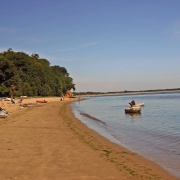
Studland Beach in Dorset, has been used by naturists for nearly 100 years. Two of its naturist visitors were author George Bernhard Shaw and children's authoress Enid Blyton. With her familiarity of the area, the nearby village of Studland was the basis for Toytown in her Noddy books and used again in her Famous Five stories.
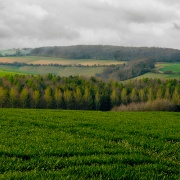
By the end of the first world war, only a few flocks of the Cotswold Lion (sheep) remained and it became a rare breed. Thankfully, due to conservationists, there are now more than 50 flocks, with many of them in the Cotswolds.
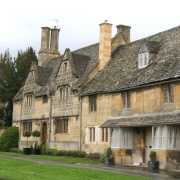
The local limestone (which is still quarried today) is what gives the buildings in the Cotswolds their beautiful rich golden colour.
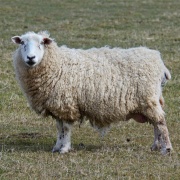
The Cotswolds local sheep 'The Cotswold Lion' once provided wool for half of England's cloth, bringing great prosperity to the region.
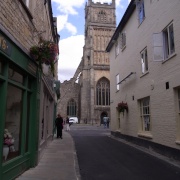
The Romans arrived in the Cotswolds in AD47, building famous roads such as 'the Fosse Way', and great towns such as Cirencester.
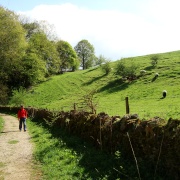
The Cotswolds is one of the most rural regions of England, with much of it made up of Farmland.

The Cotswolds has a network of drystone walls equivalent in length to the Great Wall of China!
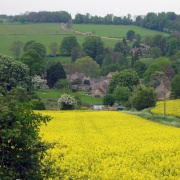
The Cotswolds is the largest 'Area of Outstanding Natural Beauty' (AONB) in the UK.
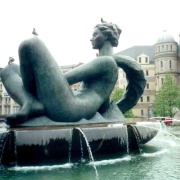
Victoria Square in Birmingham hosts one of the largest fountains in Europe, with a flow of 3,000 gallons per minute. It is known as "The River" but has also been nicknamed "The Floozie in the Jacuzzi".
Please login to add a fact about England or register here.